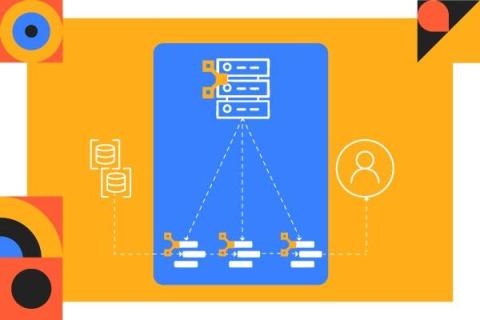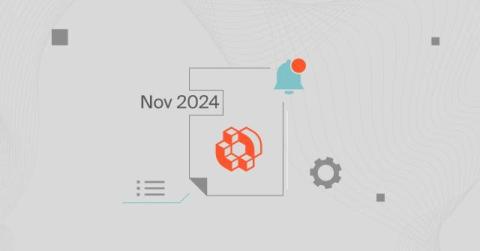10 Tips to Enhance Data Center Sustainability with DCIM Software
DCIM software delivers precise, real-time insights into energy consumption across your data center. Leverage this data to target energy-intensive processes and equipment, taking immediate action to eliminate inefficiencies and reduce consumption.











